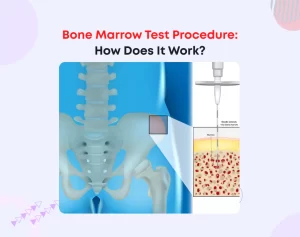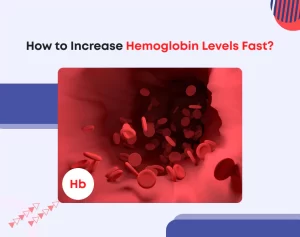
What Is Immune Thrombocytopenia (ITP)? – Symptoms and Causes
Immune Thrombocytopenia (ITP) is a rare autoimmune disorder that affects the blood’s ability to clot properly. It is characterized by a low platelet count, which can lead to excessive bleeding and bruising. Understanding the symptoms and causes of ITP is crucial for early detection and effective management of the condition. In this article, we will delve into the details of ITP, exploring its symptoms, potential causes, and the impact it can have on individuals’ lives.
Understanding Immune Thrombocytopenia
ITP is primarily characterized by a decrease in the number of platelets in the blood. Platelets play a crucial role in blood clotting and preventing excessive bleeding. In ITP, the body’s immune system mistakenly attacks and destroys these platelets, leading to their reduced levels. While the exact cause of this autoimmune response is not fully understood, several factors are believed to contribute to the development of ITP.
Symptoms of Immune Thrombocytopenia
One of the primary symptoms of ITP is excessive bruising and bleeding. Individuals with ITP may notice frequent nosebleeds, bleeding gums, and the formation of small, purple spots on the skin called petechiae. Additionally, they may experience prolonged bleeding after minor injuries or surgeries. In severe cases, internal bleeding may occur, resulting in blood in the urine or stools.
Causes of Immune Thrombocytopenia (300 words):
The exact cause of ITP remains unclear, but several factors are thought to contribute to its development. In some cases, ITP may be triggered by a viral infection, such as the flu or hepatitis C. The body’s immune response to the infection can mistakenly attack platelets, leading to the development of ITP.
Certain medications, such as heparin (an anticoagulant) and some antibiotics, have also been associated with drug-induced ITP. It is important to note that these cases are relatively rare.
In some instances, ITP may be linked to other autoimmune disorders, such as lupus or rheumatoid arthritis. The immune system’s malfunction in these conditions can affect platelet production and result in ITP.
Furthermore, ITP can occur in children after a viral infection, typically known as acute ITP. Most children recover from this type of ITP without long-term complications.
Impact and Treatment Options
ITP can significantly impact an individual’s quality of life due to the potential for bleeding complications and associated symptoms. However, with proper diagnosis and treatment, the condition can be effectively managed.
Treatment options for ITP aim to increase platelet count and reduce the risk of bleeding. Mild cases may not require immediate treatment, and regular monitoring of platelet levels may be sufficient. In more severe cases or when bleeding risks are high, medications like corticosteroids, immunosuppressants, or intravenous immune globulin (IVIG) may be prescribed.
For individuals who do not respond to these therapies or have recurring episodes, other treatment options such as splenectomy (surgical removal of the spleen) or newer medications like thrombopoietin receptor agonists may be considered.
Bottomline
Immune Thrombocytopenia (ITP) is a complex autoimmune disorder characterized by a decreased platelet count, leading to bleeding and bruising. Early detection and proper management of ITP are essential for minimizing the risk of complications. By understanding the symptoms and potential causes of ITP, individuals can seek timely medical attention and explore appropriate treatment options. If you experience any persistent bleeding, bruising, or other symptoms, it is important to consult a healthcare professional for a proper diagnosis and personalized care plan to effectively manage ITP.






